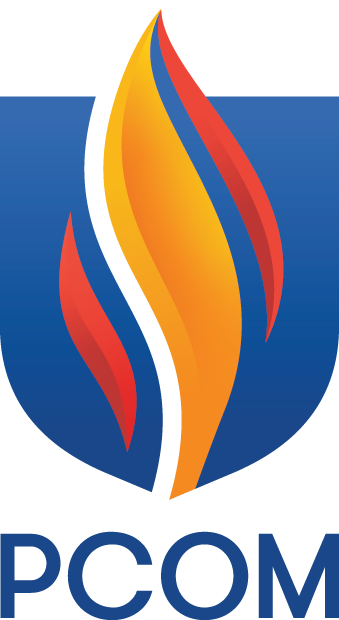Translational research practices have led to advances in Alzheimer's disease research,
patient outcomes using Osteopathic Manipulative Treatment (OMT) and more.
Basic research → Clinical application
The presence of the CCDA has facilitated translational research from basic science
mechanisms towards clinical application both within PCOM and outside its walls. Examples
include:
Alzheimer's Disease
Numerous peer-reviewed publications and review articles on Chlamydia pneumoniae involvement
in Alzheimer's Disease (AD) have been authored by PCOM investigators in conjunction
with collaborators at Wayne State University School of Medicine. This research may
result in therapeutic approaches using combinations of antibiotics and anti-inflammatory
drugs in preventing and combating AD.
Osteopathic Manipulative Treatment
Examination of the inter-reliability of palpatory tests coupled with use of innovative
methods for measuring the actual hand pressure used to palpate or deliver OMT as well
as correlation with the amount of hysteresis present in the tissues being examined
before and after care has the potential to dramatically improve the evidence base
underlying osteopathic manipulative medicine (OMM). This research will improve reporting
of findings and teaching of procedures in osteopathic schools and permit better titration
of clinical application of OMT.
Clinical research → Clinical care
CCDA translational clinical research activity was instituted in conjunction with members
of the Department of Osteopathic Manipulative Medicine and its Human Performance and
Biomechanics Laboratory. Subjects who have participated in previous research projects
and who have experienced benefits from their protocol might have the opportunity to
continue in a translational clinical research setting. Examples include:
Multiple Sclerosis patients
Multiple sclerosis patients having access to ongoing care with IsoPUMP® Maximal Effort
Exercise equipment. In several studies using this protocol, individuals with MS have
gained strength lasting for months after discontinuing their exercise protocol. There
were also improvements in memory, gait and other measures.
Parkinson's Disease patients
Parkinson's disease patients having continued access to OMT and/or with periodic acceleration
therapy (PAT). Preliminary data is showing an improvement in gait for either modality
and other osteopathic institutions have shown improvement with OMT.
Carpal Tunnel Syndrome patients
Carpal tunnel syndrome (CTS) patients having access to OMT and/or certain energy-emitting
devices such as low-level laser therapy (LLLT) or therapeutic magnetic resonance (TMR).
Studies have shown benefits when OMT is added to other conservative care and numerous
positive comments have been seen in reducing pain and improving function with the
energy-emitting devices alone or in concert with OMT.
Lower back pain patients
Studies look at low back pain patients with lumbar spondylolisthesis (forward slippage
of the spine) who have access to use the Levitor® pelvic orthotic device and OMT.
Numerous studies have demonstrated improvement in posture and/or back pain for patients
with this spinal disorder and treatment with this combined protocol.

